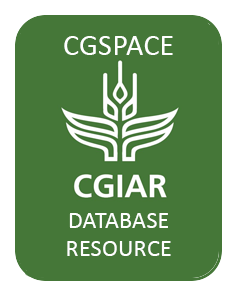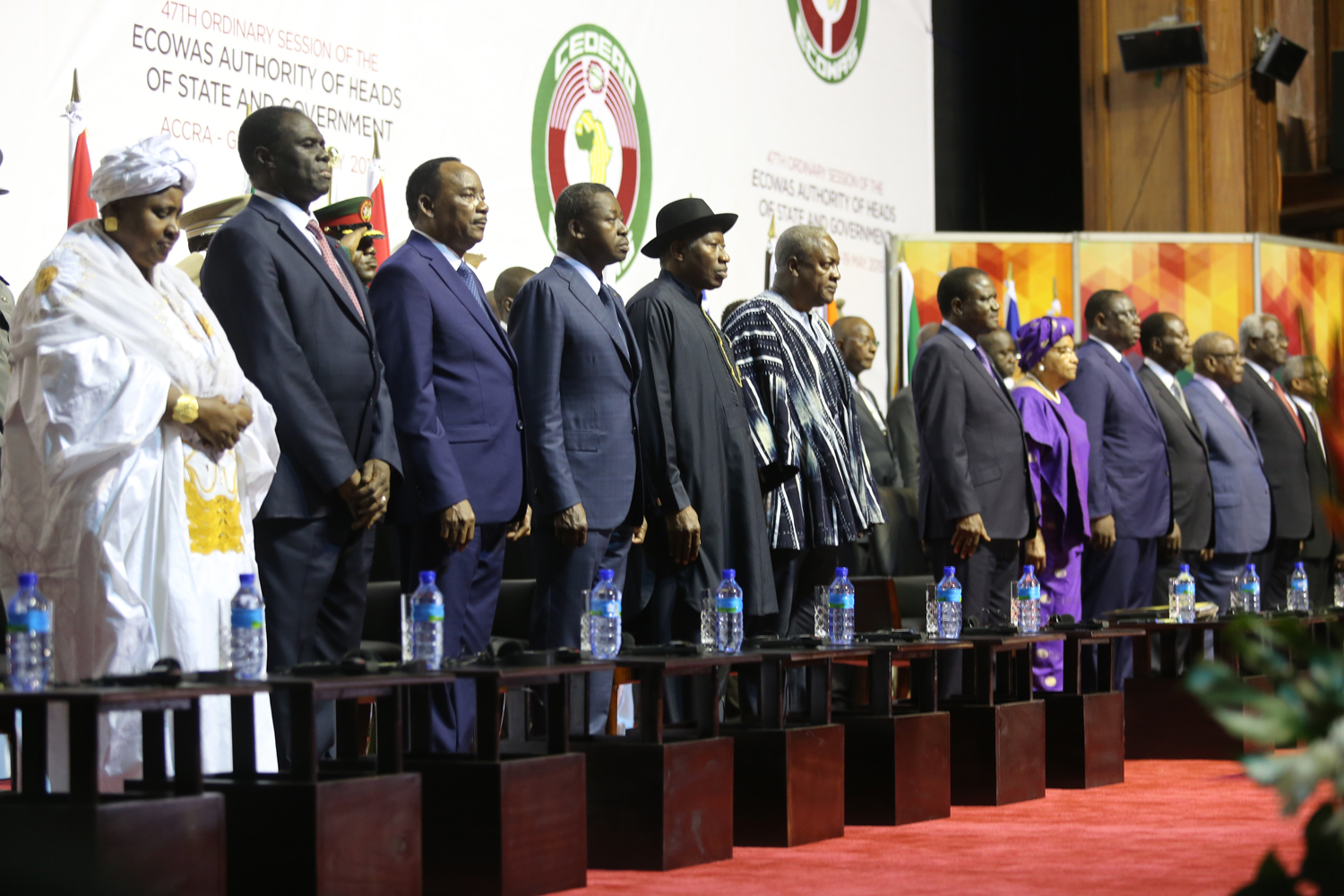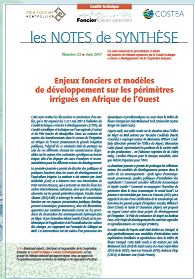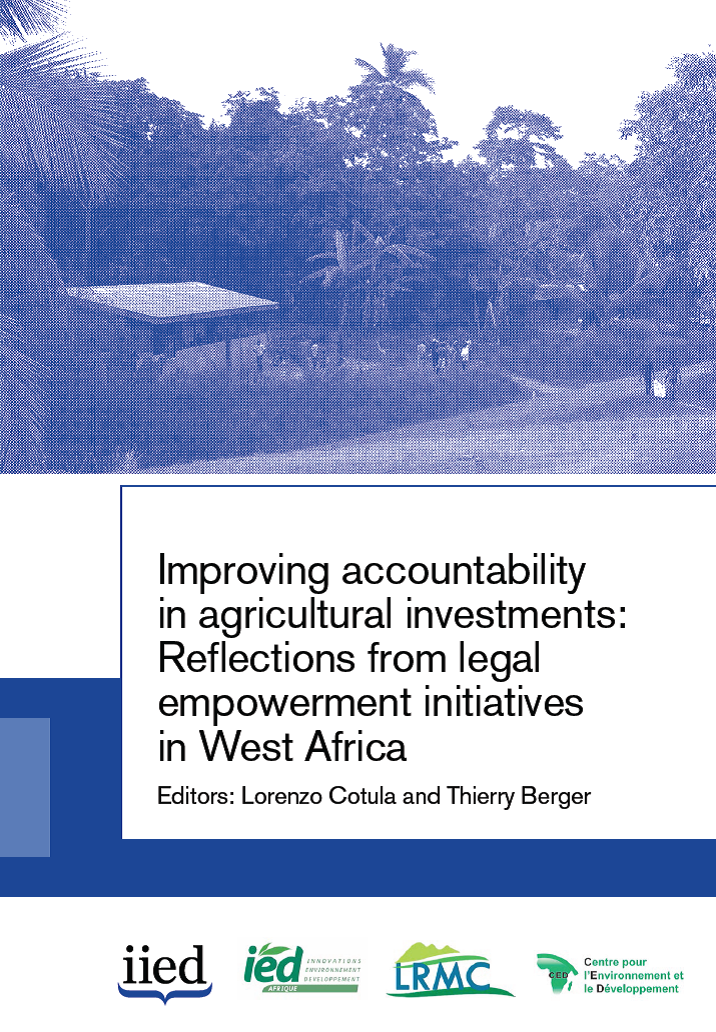The focus in this paper is on two relatively large maize-based contract farming (CF) schemes with fixed input packages (Masara and Akate) and a number of smaller and more flexible CF schemes in a remote region in Ghana (Upper West). Results show that these schemes led to improved technology…
Health-related incentives to reward effort or commitment are commonplace in many professional contracts throughout the world. Typically absent from small-scale agriculture in poor countries, such incentives may help overcome both health issues for remote rural families and supply issues for…
Studies on the enabling factors for household food security (HFS) most often used simplified econometric models looking into the links with a selected set of variables. In this research, a livelihood approach of HFS was used and aimed at determining the most significant livelihood assets for HFS…
The document presents the progress of three interrelated components: 1) MEL-platform for supporting project planning and implementation of review and monitoring strategy; 2) Framework for Project engagement with Development Partners, measuring project outcomes and impacts where possible; 3)…
Ce document décrit le Sénégal sur le plan de l'Agriculture Intelligente face au Climat (AIC). Le concept d’agriculture intelligente face au climat (AIC) traduit l’ambition d’assurer une meilleure intégration du développement de l’agriculture et de la réactivité face au climat. Il vise à…
<strong>Date: </strong>Septembre 2017
<strong>Source:</strong> Foncier & Développement
<strong>Par:</strong> Frédéric Bazin, Ibrahima Hathie, Jamie Skinner, Jérôme Koundouno
Ce nouveau rapport GWI synthétise les résultats de quatre…
Date: août 2017
Source: <a href="http://www.foncier-developpement.fr/publication/emergence-dynamique-marches-fonciers…
This study analyzes the Laiterie Du Berger (LDB)’s milk supply chain and its contribution to strengthening the food security and socioeconomic resources of Senegalese Sahelian pastoral households. Porter’s value chain model is used to characterize the innovations introduced by the LDB dairy in…
Date : 27/07/2017
Source : <a href="http://www.foncier-developpement.fr/actualite/construction-grands-barrages-afrique-d… &…
Date: 2017
Source: <a href="http://www.foncier-developpement.fr/publication/securiser-transactions-foncieres-mar… &…
Cette note restitue les discussions et conclusions d’un atelier, qui a été organisé les 2 et 3 mai 2017 à l’initiative du Comité technique « Foncier & développement » (CTFD), du Comité scientifique et technique sur l’eau agricole (Costea) et du Pôle foncier de Montpellier.
Dans un…
A recent surge in agribusiness plantation deals has increased pressures on land in many low- and middle-income countries. Rural people have mobilised to protect their rights, seek better terms or oppose the deals altogether. Since 2014, an initiative in Cameroon, Ghana and Senegal has worked to…







